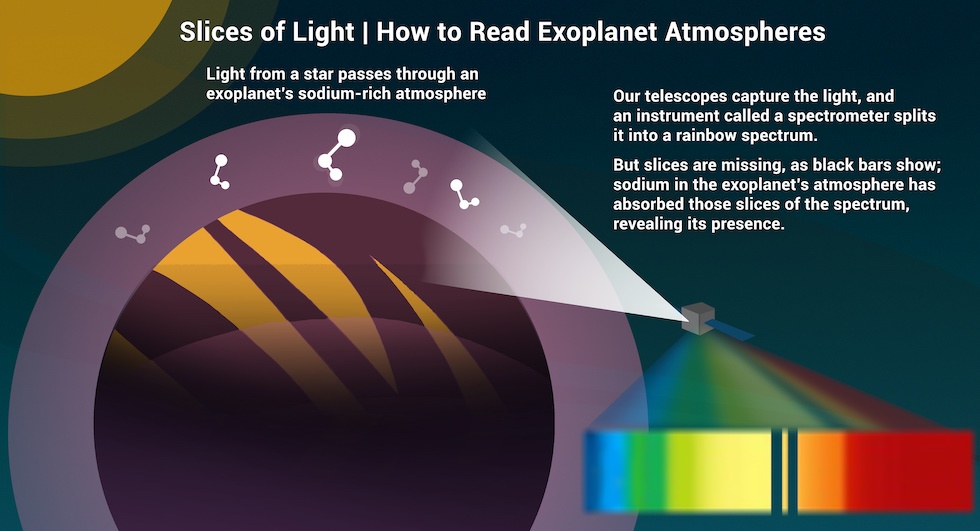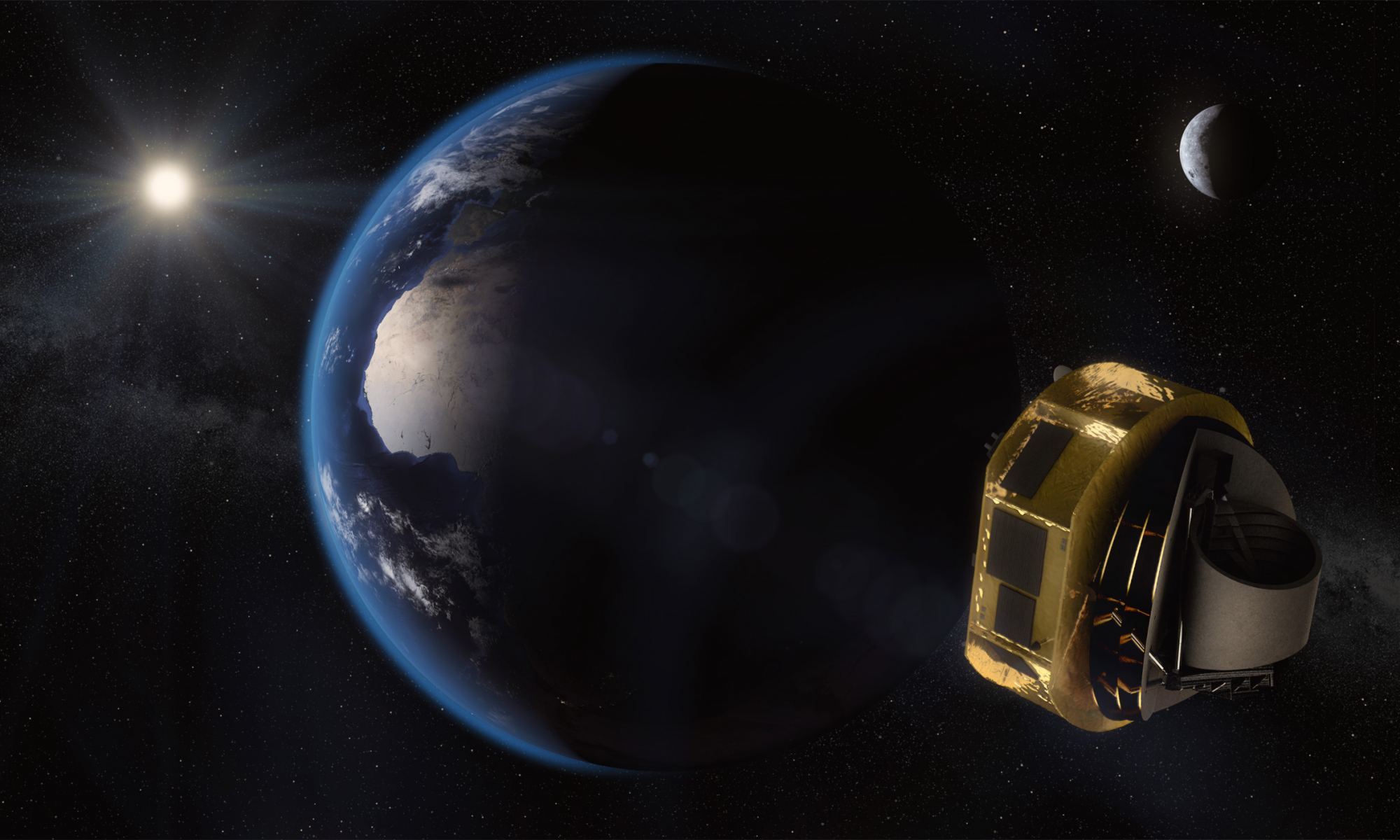Venus is known for being really quite inhospitable with high surface temperatures and Mars is known for its rusty red horizons. Even the moons of some of the outer planets have fascinating environments with Europa and Enceladus boasting underground oceans. Recent observations from the James Webb Space Telescope show that Ariel, a moon of Uranus, is also a strong candidate for a sub surface ocean. How has this conclusion been reached? Well JWST has detected carbon dioxide ice on the surface on the trailing edge of features trailing away from the orbital direction. The possible cause, an underground ocean!
Continue reading “Now Uranus’ Moon Ariel Might Have an Ocean too”Now Uranus’ Moon Ariel Might Have an Ocean too



